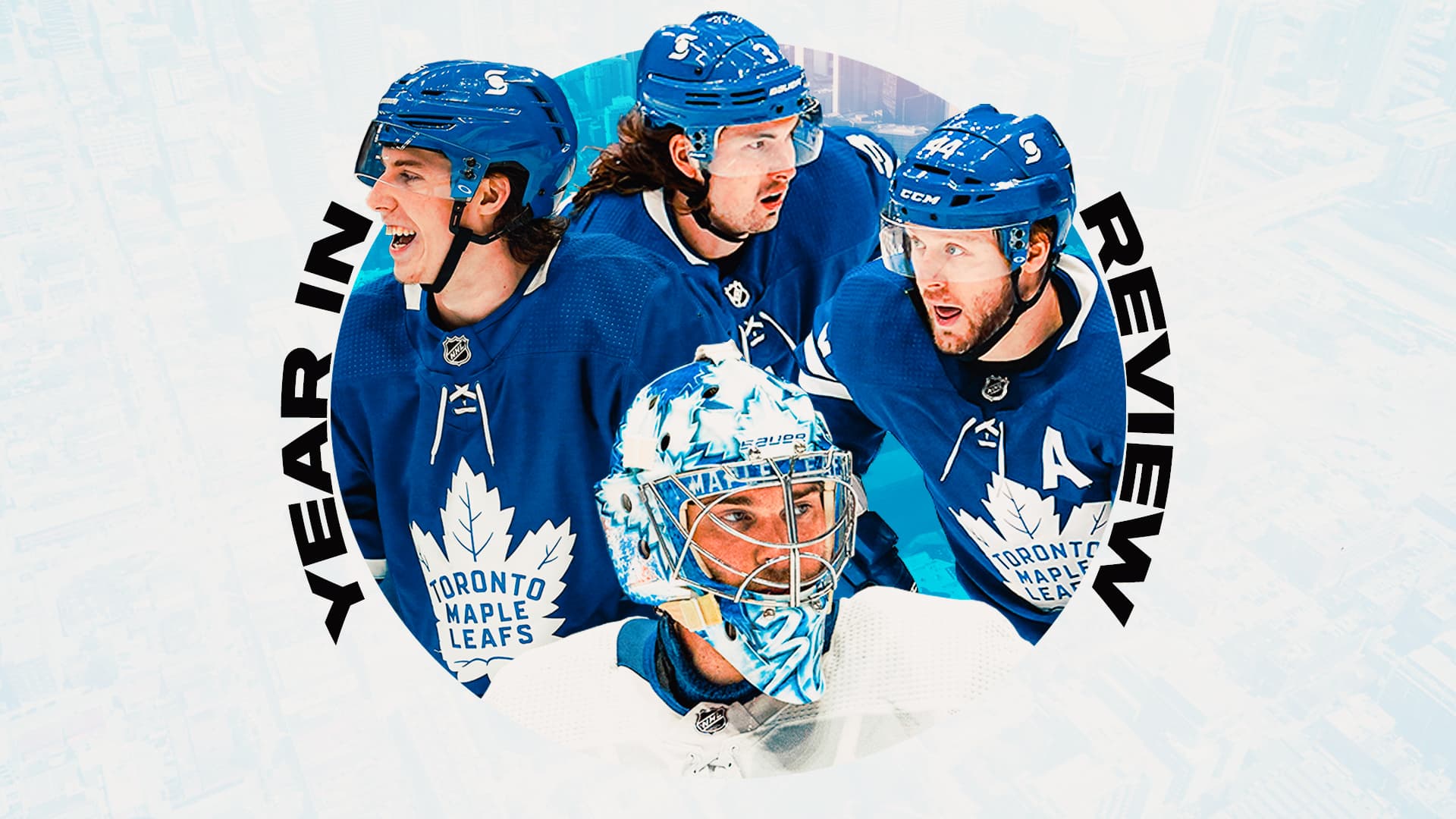Justin Holl is an underwhelming enigma
Photo credit: Nick Barden
By Ryan Hobart
Jun 17, 2021, 08:30 EDT
Breaking News
- Leafs aren’t worried about Auston Matthews’ lack of scoring in the playoffs
- Craig Berube indicates Anthony Stolarz is progressing, still not skating
- Joseph Woll ready to move on after first postseason loss since 2023
- Brad Marchand says Panthers expected tough Game 3 vs. Maple Leafs: ‘They’ve got that killer instinct now’
- Craig Berube felt Maple Leafs weren’t direct enough in Game 3 OT loss
